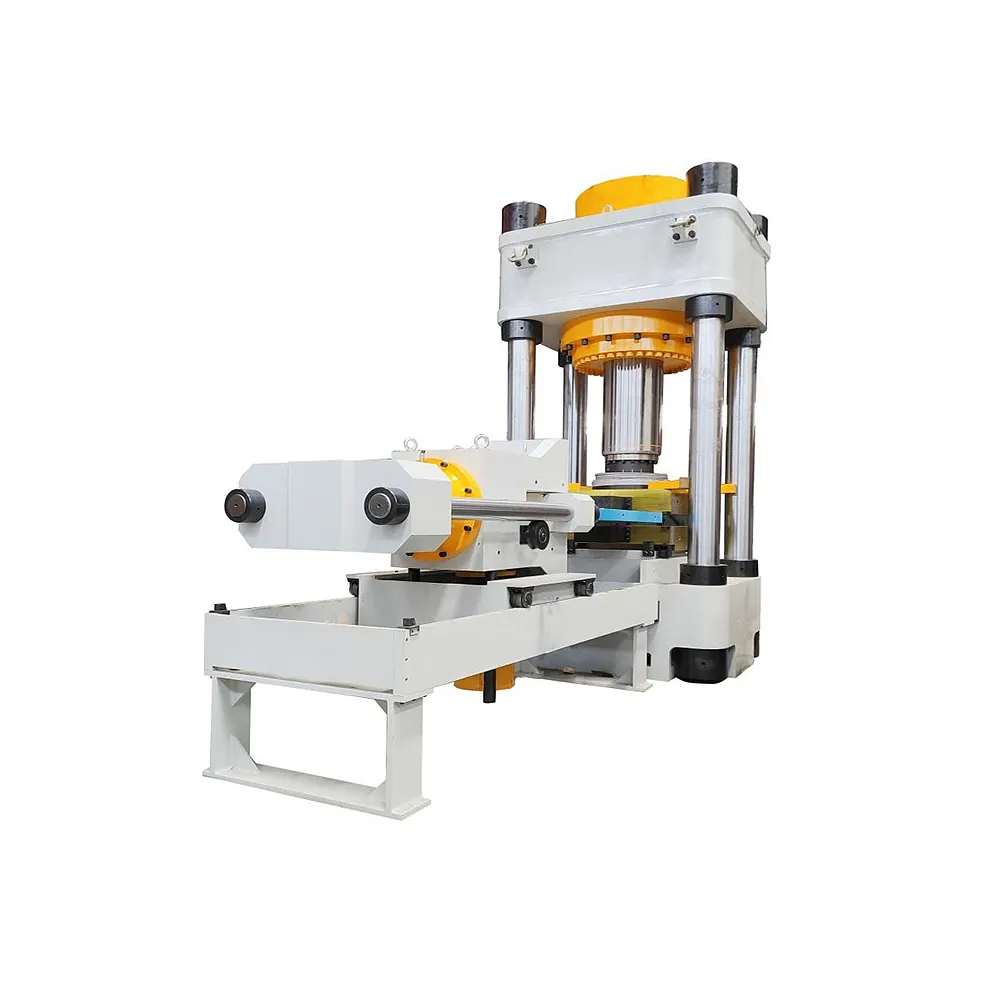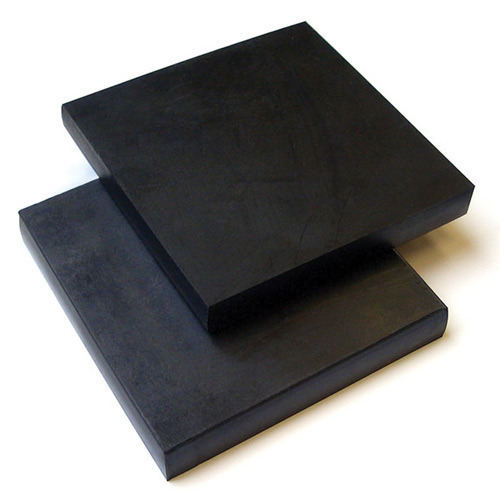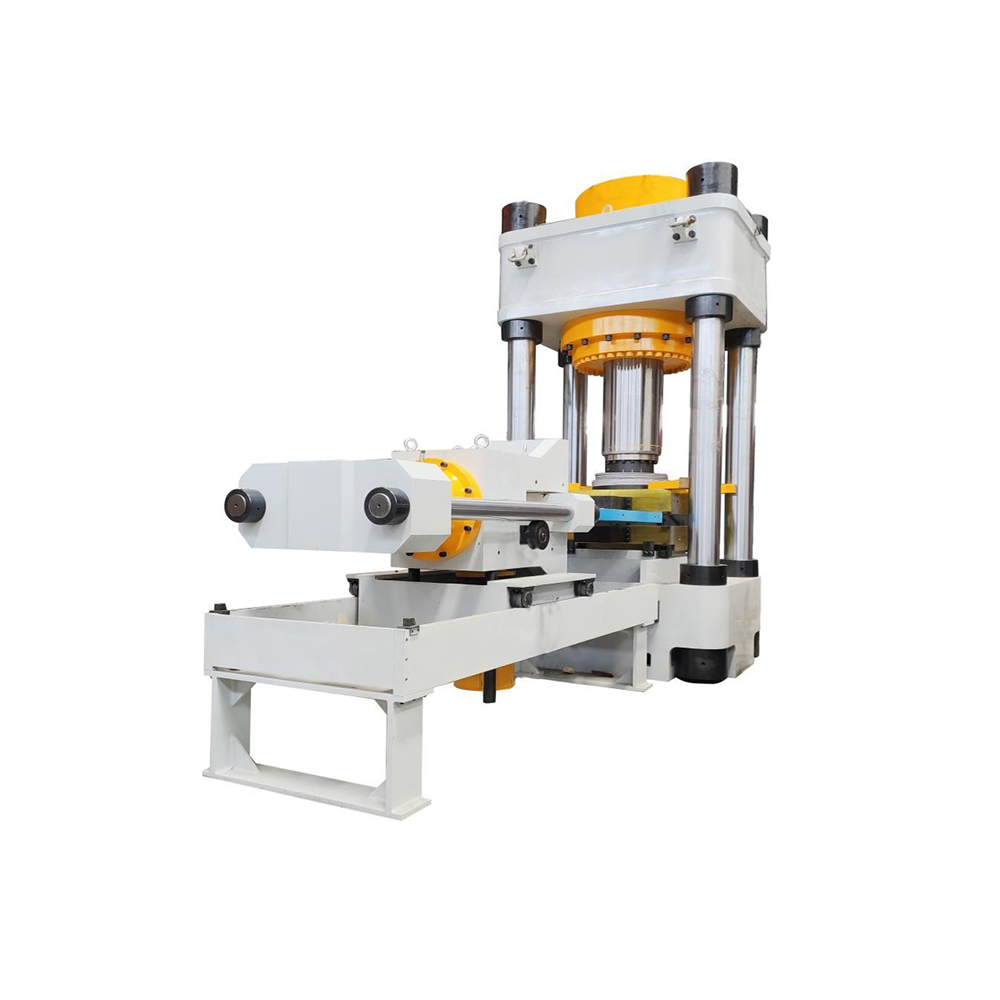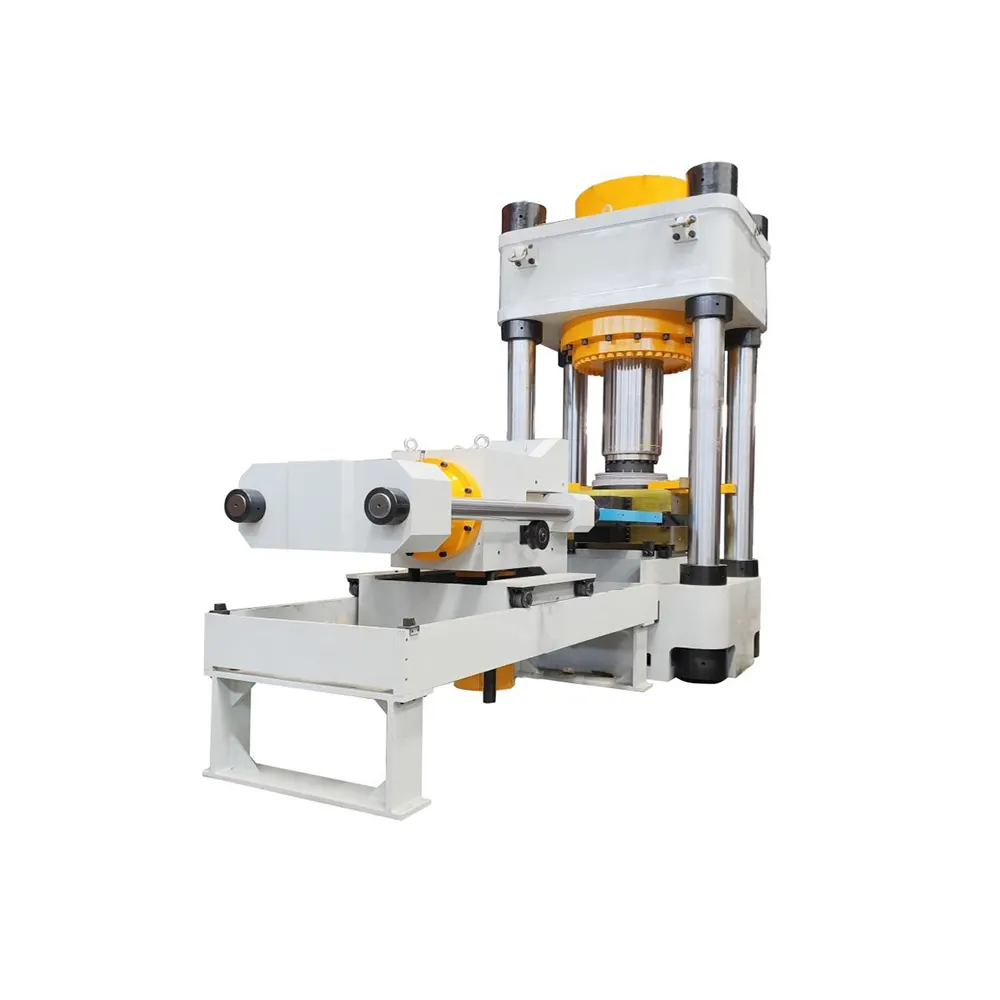
Ⅰ What is a bridge rubber bearing?
Bridge rubber bearing is made of multi-layer rubber sheet and thin steel plate vulcanization, bonded, it has enough vertical steel, can the upper structure of the reaction force reliable transfer to the pier; have good elasticity, to adapt to the beam end of the rotation, but also has a large shear deformation capacity, to meet the upper structure of the horizontal displacement

Ⅱ The importance of rubber bridge bearing testing
Due to the good elasticity of rubber, rubber bearings in the bridge vibration isolation and other aspects also play a big role. With the continuous development and maturity of engineering technology and rubber industry
The continuous development and maturity, in the plate type rubber bearing and basin type rubber bearing on the basis of, multiply many new rubber bearing, which not only has to
The performance of the above two bearings, and has its own characteristics.
Bridge rubber bearing composition, not only with the bridge structure has a close relationship with the use of safety, and directly affect the use of the bridge life.
The function of the bridge rubber bearing mainly includes the following aspects: bridge rubber bearing can help the bridge as a whole to better adapt to the bridge structure, can cushion the bridge because of the environmental temperature, humidity.
Can cushion the bridge because of environmental temperature, humidity and other reasons caused by the expansion and contraction of the structure and deformation. Bridge rubber bearing can adapt to the wind or earthquakes and other irresistible factors that lead to the displacement of the bridge structure, preventing damage to the bridge structure.
Conventional mechanical tests for rubber bearings include: compression modulus, shear modulus, ultimate compression resistance, friction coefficient, ageing shear resistance and shear adhesion.
Ⅲ Machine for testing rubber bases on bridges
The Compression Shear testing machine controlled by microcomputer top mounted cylinder and four columns, with high rigidity and strength and small deformation. It can meet the detection requirements of plate type, basin type and spherical bearing of highway and railway bridges. The test space is stepless adjustable, which is convenient for the test requirements of different heights. The self-developed special multi-channel closed-loop coordinated loading electro-hydraulic servo control system is adopted. The microcomputer controls and coordinates the multi-stage hydraulic loading, the continuous loading is stable, and the multi-stage test force is maintained. The data are collected and stored automatically, the curve is drawn, and the test report is automatically printed. The computer timely controls the test process, displays the test force and test curve, and the operation is simple and reliable.

1.Host vertical system
It uses top mounted cylinder and four columns, and the test space is steplessly adjustable, which facilitates the test requirements of different heights.The whole machine has high rigidity, small deformation and accurate measurement data.
1.2 The base and beam adopt integral casting structure with reasonable structure, reasonable rib distribution, good rigidity of the workpiece, beautiful appearance, and the whole part is safe and reliable.
1.3 The beam is movable and can realize stepless adjustment of the test space. In addition to meeting the test requirements of rubber bearings, corresponding auxiliary equipment can also be added, and compression tests can be performed on some larger samples.
1.4 The cylinder has a plunger structure and is processed by a high-precision machine tool to ensure accuracy. The final process of the cylinder inner hole is precision processed by a honing machine, thereby reducing the friction of the cylinder piston and improving the measurement accuracy and service life of the testing machine; piston It is a whole entity with a large diameter, which ensures the stability and good rigidity of its high-pressure rod. The piston is pushed by oil pressure when it rises, and falls by its own weight when it falls.
2 .Transverse shear system
2.1 The shearing system is composed of shearing cylinder, front and rear beams, pull rods on both sides, shearing middle pull plate, upper and lower friction plates, top block, connecting pin and shearing car. The double-acting servo cylinder is used to apply test force and is supported by the shearing car. The vertical height of the transverse shear is adjusted by the floating cylinder. The electric walking device of the shearing car is equipped with an electromagnetic clutch, which can adjust the front and rear positions of the shearing device. Adjust the horizontal position of the loading device to ensure the accuracy of the shear force value and improve the detection accuracy.
2.2The double-acting servo cylinder, connecting rod, friction plate, shear trolley, floating cylinder and guide rail constitute the main transverse system.
2.3 The shear trolley consists of rollers, floating cylinders, guide posts, walking motors and clutch devices.
2.4 The forward and backward movement of the shearing trolley is realized electrically, without manual pushing, and is equipped with an electromagnetic clutch.The clutch is energized and closed when walking. After the shear test starts, the clutch is de-energized and released.During the test, the trolley will move with the shear deformation of the rubber support.At this time, the resistance of the trolley's movement needs to be minimized, that is, it is not restricted by the walking motor when moving, so that the results of the shear test are more accurate.
3.Corner system
3.1 The corner system uses a double-acting servo cylinder to apply force and is fixed on the base of the vertical host.
3.2 Double-acting servo cylinder, corner plate, spherical rod and supporting seat constitute the main corner system.
3.3 The corner cylinder is a single-rod double-acting servo cylinder with good sealing performance, long service life and high safety factor.
3.4 The angle of rotation force value is directly measured by a high-precision load sensor, which can withstand large overload loads and has a long service life.
3.5 Four grating displacement sensors are used to measure the corner deformation of the rubber support.
Ⅵ Normal working conditions of the testing machine
The testing machine should work normally under the following conditions.
1.Within the range of room temperature 10 ℃~35 ℃.
2.The relative humidity should not be greater than80%.
3.The fluctuation of the power supply voltage of 380V should not exceed ±10% of the rated voltage.
4.Power frequency 50Hz , three-phase five-wire system.
5.The working environment should be free of shock and vibration.
6.No obvious electromagnetic field interference, no corrosive media around.
7.Install horizontally on a stable foundation, the height shall not be greater than 0.2/1000.



